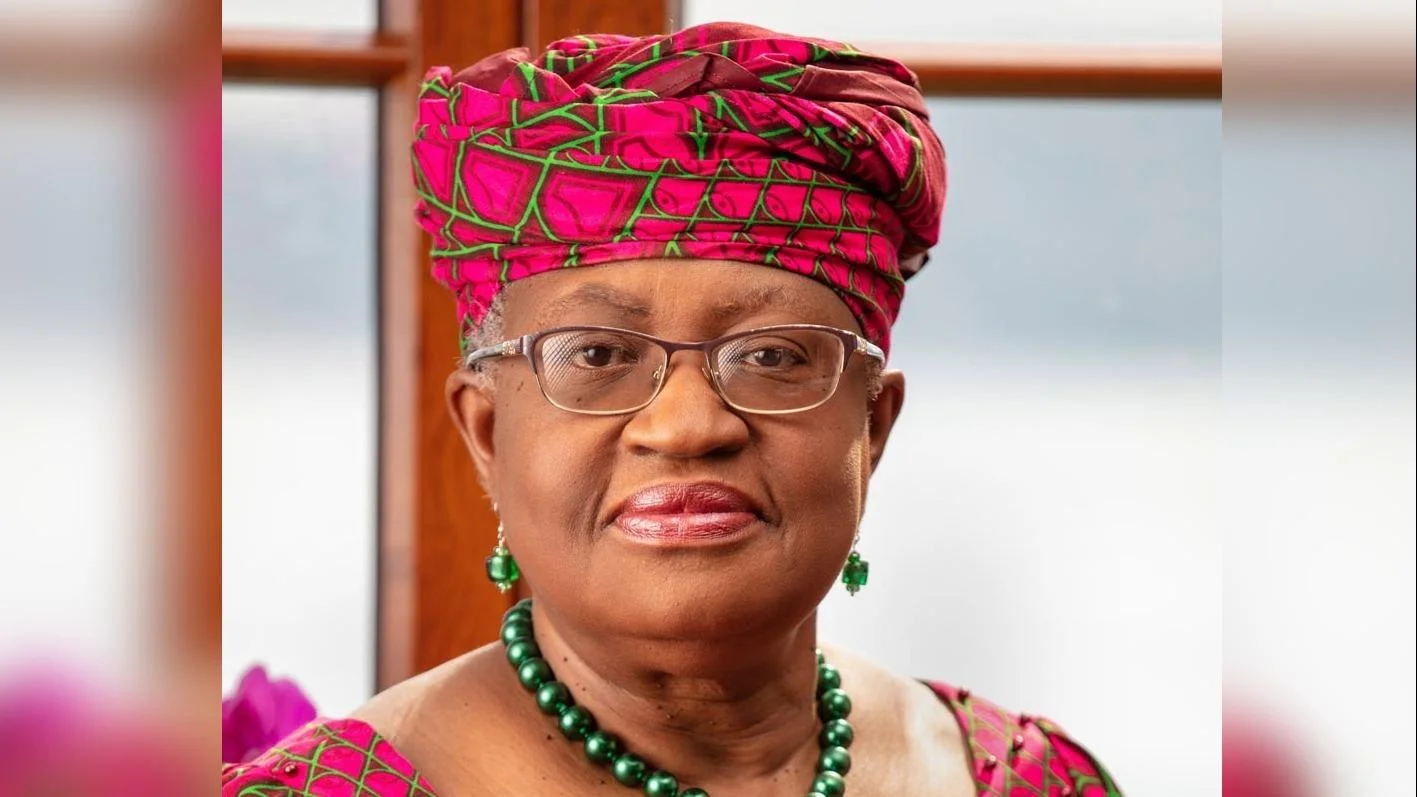World trade saw a boost in 2025, largely driven by strong demand for artificial intelligence-related goods such as semiconductors, servers, and telecommunications equipment, according to the latest "Global Trade Outlook and Statistics" update from World Trade Organization (WTO) economists. The report highlights that while the trade volume grew in 2025, the outlook for 2026 is less optimistic due to a slowing global economy and the introduction of new tariffs.
Director-General Ngozi Okonjo-Iweala commented on the findings: "Countries' measured response to tariff changes in general, the growth potential of AI, as well as increased trade among the rest of the world--particularly among emerging economies--helped ease trade setbacks in 2025," she said. She also noted that South-South trade grew 8% year-on-year in value terms during the first half of 2025, compared to a 6% increase for world trade overall. Trade among emerging economies excluding China expanded even faster, up around 9%.
"Trade resilience in 2025 is thanks in no small part to the stability provided by the rules-based multilateral trading system. Yet complacency is not an option. Today's disruptions to the global trade system are a call to action for nations to reimagine trade and together lay a stronger foundation that delivers greater prosperity for people everywhere," added Okonjo-Iweala.
In the first half of 2025, merchandise trade volumes rose by 4.9% year-on-year. In US dollar terms, merchandise trade value increased by 6% compared with the same period last year after a modest gain in 2024. Several factors contributed to this growth, including companies importing goods earlier than usual in North America and positive economic conditions like easing inflation and robust fiscal support. Inventory levels increased across various sectors such as machinery, motor vehicles, lumber, construction equipment, and non-durable goods.
AI-related products accounted for nearly half of total trade expansion during this period, growing by about 20% year-on-year in value terms. This surge was seen throughout digital supply chains—from raw materials like silicon and specialty gases to finished devices powering cloud platforms and AI systems—with Asia showing particularly strong export performance.
The WTO projects that higher tariffs and ongoing uncertainty around trade policies will begin reversing some effects of early import surges later this year and into next year. There are signs that rising input costs and slower shipments may push inflation higher as inventories fall within sectors affected by new tariffs.
Looking ahead, world merchandise trade volume growth is forecasted to slow from an estimated 2.8% in 2024 down to 2.4% in 2025 and just 0.5% in 2026. Global GDP growth projections stand at about 2.7% for next year before dipping slightly to 2.6%. Although short-term forecasts have improved since previous estimates earlier this year due to inventory build-up—especially among durable goods—the impact of tariffs appears delayed but likely more pronounced into late-2025 and throughout 2026.
Asia and Africa are expected to post the fastest export volume increases next year; other regions such as South America, Central America, Caribbean countries, and Middle Eastern nations are predicted to see modest gains while Europe’s growth will be slower. North America along with Commonwealth of Independent States (CIS) could face declining exports while least-developed countries (LDCs) may see solid gains but risk facing weaker trends ahead.
On imports, Africa and LDCs should experience rapid expansion whereas North American imports may contract over the same period; all regions are projected to record weaker import performances going into 2026 except North America, Europe and CIS which might see improvements on exports.
In commercial services—a category not directly subject to tariffs but closely linked with goods flows—the WTO expects export growth rates will slow: from last year's estimate of nearly seven percent down to about four-and-a-half percent annually through both next year and into early-2026 due mainly because transport service demand has weakened following post-pandemic recovery highs especially within travel services segments.
Europe leads projected services export growth for next year followed by Asia then Middle East while Africa along with South/Central America lag behind; however these trends are set for further shifts moving forward depending on regional economic dynamics.
The WTO report includes analysis on persistent global imbalances as well as limits imposed by current international trading policies.
The full report can be accessed through the official WTO website along with detailed statistics available via their data portal featuring monthly merchandise figures across more than one hundred economies covering recent years.

